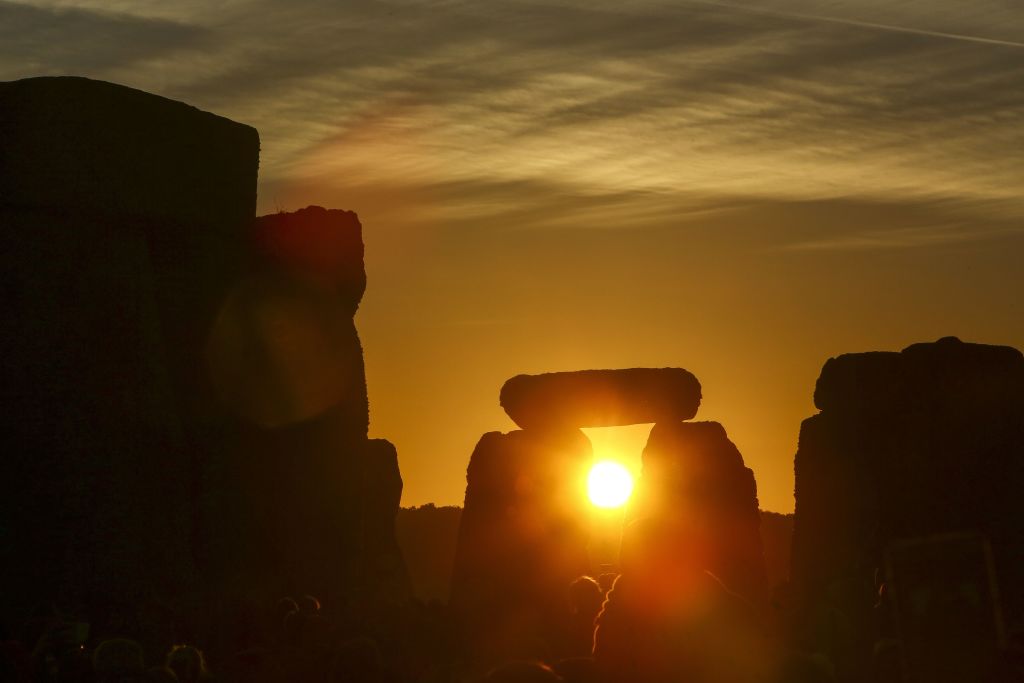Sunshine revelers in the Northern Hemisphere have been enjoying the days growing longer and the evenings growing brighter; but now, that trend will be reversed. Friday, June 21 is summer solstice, the longest day of the year above the equator and the turning point after which the sun starts rising later and setting earlier.
“Solstice” comes from the Latin solsitium, or “sun stands still.” The sun does indeed appear to stand still on the solstice, as it reaches its highest point in the sky. This illusion occurs because the Earth’s is tilted as far as it goes toward the sun.

The solstice marks the official first day of summer, and has been celebrated for its symbolic importance since ancient times. In England, pagans and travelers visit Stonehenge to watch the sun rise among the stones. In Sweden, the solstice is tied to the celebration of Midsummer, though the date is set at June 24 every year while the date of the summer solstice moves.
Whether you stare at the sun, feast, drink or dance, be sure to enjoy the solstice—the days only get darker from here.
More Must-Reads from TIME
- Cybersecurity Experts Are Sounding the Alarm on DOGE
- Meet the 2025 Women of the Year
- The Harsh Truth About Disability Inclusion
- Why Do More Young Adults Have Cancer?
- Colman Domingo Leads With Radical Love
- How to Get Better at Doing Things Alone
- Michelle Zauner Stares Down the Darkness
Contact us at letters@time.com